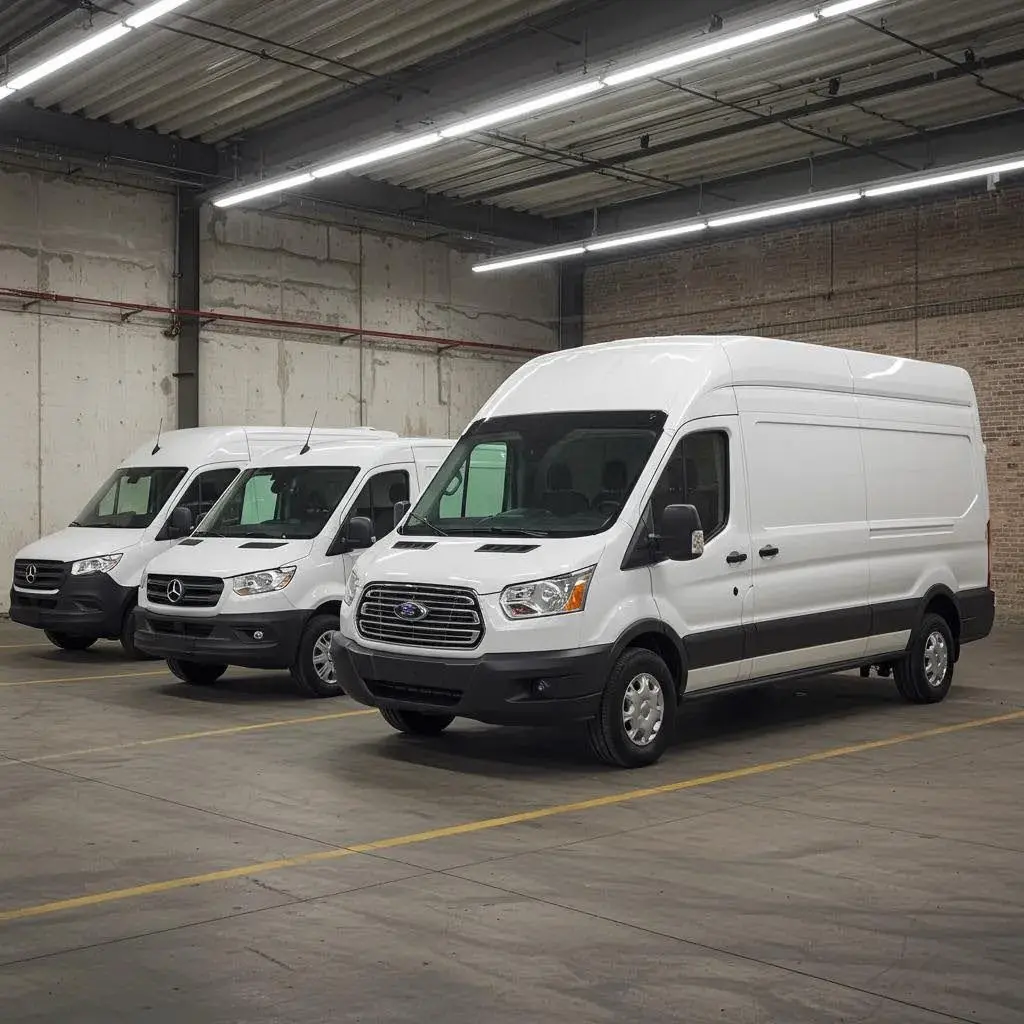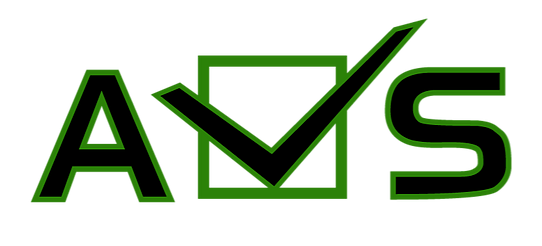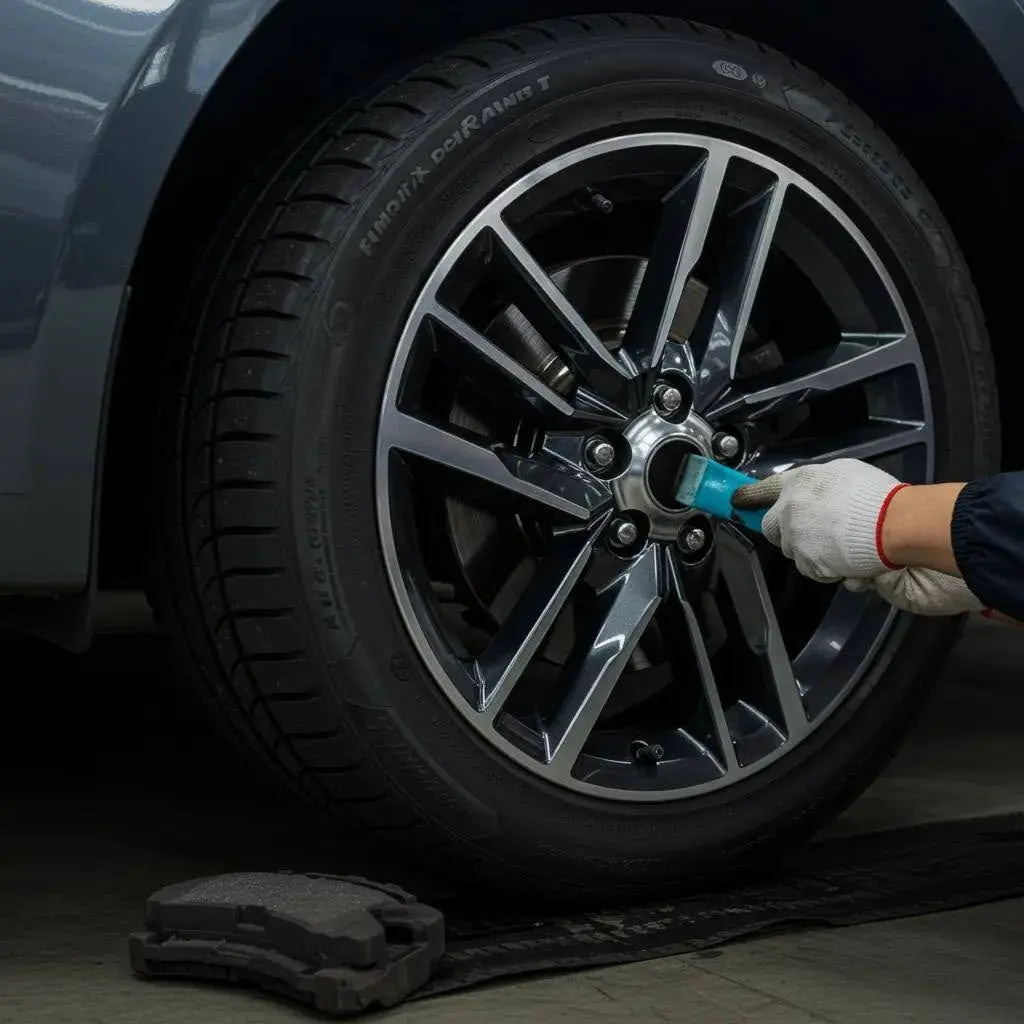
Understanding the difference between Class 4 and Class 7 MOTs is essential for every vehicle owner in Sittingbourne, Kent, because selecting the wrong test can lead to failed inspections or legal penalties. This guide explains what an MOT test entails, clarifies how Gross Vehicle Weight (GVW) determines class, and lists which vehicles fall under each category.
You will also learn how to confirm your vehicle’s class, compare test requirements and costs, and discover what to expect during each inspection. Finally, we outline AVS’s Class 4 MOTs in Sittingbourne and how to book with ease.
MOT Test Overview and Class Importance
MOT Test: Legal Requirements
An MOT test is a government-mandated vehicle inspection regulated by the Driver and Vehicle Standards Agency (DVSA) to verify brakes, lights, steering, suspension, tyres, emissions, and structural integrity.
Every vehicle over three years old must pass this annual check to remain road-legal, avoiding fines, insurance invalidation, and enforcement action. Adhering to these requirements supports safety standards and environmental regulations.
Importance of MOT Classes for Safety and Compliance
Different MOT classes focus on components that vary with vehicle weight and application, so choosing the correct class ensures thorough scrutiny of load-bearing parts, braking systems, and chassis strength.
Class 4 inspections concentrate on passenger car specifications, while Class 7 applies to goods vehicles over 3,000 kg up to 3,500 kg GVW; inspection items are broadly the same MOT categories as Class 4, applied to heavier vehicles. Accurate classification upholds safety for drivers, passengers, and other road users.
Gross Vehicle Weight (GVW) and MOT Classes
Gross Vehicle Weight (GVW) represents the maximum fully loaded mass a vehicle can legally carry, including passengers, cargo, and fuel. Class 4 applies to vehicles with a GVW up to 3,000 kg and up to eight passenger seats, whereas Class 7 covers commercial vans and light goods vehicles with a GVW between 3,001 kg and 3,500 kg.
This weight threshold drives which inspection criteria and load-testing procedures inspectors apply.
Vehicles Requiring a Class 4 MOT
Cars and Small Vans for Class 4 MOT
Vehicles in Class 4 include:
- Cars with up to eight passenger seats and a GVW of 3,000 kg or less.
- Small panel vans and light commercial vehicles with a GVW up to 3,000 kg.
- Motor caravans are usually Class 4 (or Class 5 if 13+ passenger seats), determined by seating, rather than weight.
These lighter vehicles undergo checks on lights, brakes, steering, suspension, emissions, and bodywork to meet safety standards.
Taxis and Ambulances in Class 4 MOT
Licensed taxis and purpose-built ambulances with a GVW up to 3,000 kg fall under Class 4 testing. These vehicles receive the same thorough inspection as private passenger cars, with additional emphasis on passenger compartment fittings and emergency-lighting components where fitted.
Checking Vehicle Qualification for Class 4 MOT
Consult your V5C registration document or the manufacturer’s data plate to verify GVW and seating capacity. Match the listed weight against the 3,000 kg threshold and confirm the passenger seat count does not exceed eight. Once confirmed, book a Class 4 MOT with a local authorised test centre to ensure compliance.
Vehicles Requiring a Class 7 MOT
Larger Vans and Light Commercial Vehicles for Class 7 MOT

Larger vans with a GVW between 3,001 kg and 3,500 kg, including many chassis-cab trucks and specialist service vehicles, require Class 7 testing. This category covers light commercial vehicles designed for heavier cargo and often fitted with reinforced suspension and stronger braking assemblies.
Common Class 7 MOT Vehicles
- Ford Transit Custom and Transit 350
- Mercedes-Benz Sprinter and Vito with higher gross vehicle weights
- Vauxhall Movano and Renault Master in heavier payload variants
These vehicles operate close to the 3,500 kg GVW limit and feature robust load-handling systems.
Confirming Vehicle Needs for Class 7 MOT
Review the V5C registration or manufacturer’s GVW rating to verify it falls between 3,001 kg and 3,500 kg. Inspect the vehicle chassis plate for its design weight and consult your service provider if in doubt—proper classification avoids test rescheduling and ensures all critical components are examined.
Class 4 vs. Class 7 MOT Tests: Key Differences
Comparing Class 4 and Class 7 side by side clarifies weight thresholds, inspection focus, and cost variations, helping you choose the correct test and prepare your vehicle accordingly.
| Vehicle Class | GVW Range | Eligible Vehicles | Key Inspection Focus |
|---|---|---|---|
| Class 4 | Up to 3,000 kg | Passenger cars, small vans, motorhomes | Brakes, lights, steering, suspension, emissions |
| Class 7 | 3,001–3,500 kg | Larger vans, light commercial vehicles | All Class 4 checks plus heavier suspension and chassis load tests |
MOT Vehicle Weight Limits: Class 4 vs. Class 7
Class 4 applies to vehicles not exceeding 3,000 kg GVW, while Class 7 covers those from 3,001 kg up to 3,500 kg. These clearly defined weight brackets determine which test criteria apply, ensuring accuracy in inspection and compliance.
MOT Test Item Differences: Class 4 vs. Class 7
Class 4 inspections include passenger-car-standard checks on lights, brakes, steering, suspension, tyres, emissions, seatbelts, and bodywork. Class 7 adds verification of heavy-duty suspension mounts, load-restraint integrity, and reinforced chassis components under higher stress conditions.
MOT Test Costs: Class 4 vs. Class 7
The government sets a legal maximum fee of £54.85 for Class 4 MOT tests, and £58.60 for Class 7 tests. Local test centres may charge less. Because Class 7 vehicles are heavier and often require more rigorous inspection and specialized equipment, their MOT tests tend to cost a bit more in practice.
MOT Frequency: Class 4 and Class 7
Both vehicle classes require an MOT annually once they reach three years old. Adhering to this one-year renewal cycle maintains legal roadworthiness and minimises the risk of defects.
Determining Your Vehicle’s MOT Class
A streamlined decision process helps van and car owners confirm the correct MOT class without confusion or delay, using simple documentation and local expertise.
Steps to Identify Van MOT Class (4 or 7)
- Verify GVW on the V5C registration certificate.
- Compare the GVW to the 3,000 kg threshold.
- Check the seating capacity if the van is also a passenger vehicle.
These steps guide you to book the appropriate Class 4 or Class 7 test.
Using Vehicle Documents for MOT Class Confirmation
The V5C and manufacturer’s data plate list GVW and design specifications. Matching these values to the MOT class weight ranges provides definitive classification without specialist tools.
Online Tools and Local Services for Vehicle Classification
Many local garages offer classification assistance when booking an MOT. Interactive online lookup tools on reputable service-hub websites can also guide you through entering make, model, and GVW to confirm the correct test class.
Class 4 and Class 7 MOT Tests: What to Expect
Knowing the inspection stages and common failure points prepares owners for a smoother MOT experience and helps address issues before the test day.
Class 4 MOT Inspection Process
- Lights and electrical systems examination
- Brake performance and pad thickness measurement
- Steering and suspension integrity checks
- Tyre condition and tread depth evaluation
- Emissions reading to verify exhaust outputs
Each stage ensures that passenger-oriented safety and environmental standards are met.
Rigor of a Class 7 MOT Test
Class 7 testers perform all Class 4 procedures plus:
- Heavy-duty suspension mount stress tests
- Chassis and load-bearing frame inspections
- Load restraint and anchorage point assessment
Common MOT Failure Reasons by Class
Class 4 failures often arise from worn brake pads, faulty lights, or tyre tread below legal limits. Class 7 failures frequently involve suspension corrosion, damaged chassis rails, or compromised load-restraint systems under heavy loads.
Choose All Vehicle Services for Class 4 and Class 7 MOTs
Selecting a trusted local MOT test centre delivers convenience, expertise, and peace of mind. All Vehicle Services combines technical competence with a commitment to customer care for both passenger and commercial vehicles.
Reliable and Convenient MOT Testing
AVS is a Class 4 MOT test centre and tests to DVSA standards for consistent accuracy. Our central Sittingbourne location, flexible appointment slots, and prompt results minimise downtime and deliver dependable service.
Booking Your Class 4 or Class 7 MOT
Bookings are simple: provide vehicle details, preferred date, and MOT class when you call or visit in person. Our friendly team confirms the correct MOT class and schedules your appointment, keeping the process clear.
All Vehicle Services in Sittingbourne, Kent, ensures you receive the appropriate Class 4 or Class 7 MOT with thorough attention to detail. By understanding GVW thresholds and inspection scopes, you can confidently book the correct test and maintain your vehicle’s roadworthiness.
Our local expertise and dedicated testing facilities reduce the risk of unexpected failures and legal complications. Schedule your next MOT with All Vehicle Services and drive with confidence.

